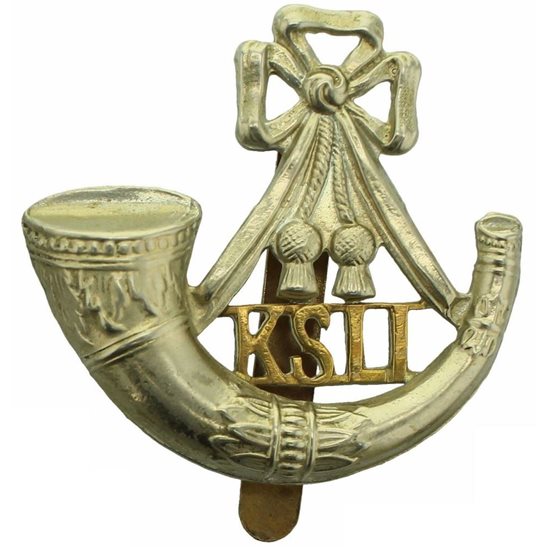Personal Details
Born: 26th June 1895 in Whitchurch, Shropshire.
Family: He was one of seven sons and one daughter born to Charles Leonard Blencowe, a baker, and his wife Margaret Winifred (nee O`Hara). He married Jessie E Hamlett in Quarter 3 1922 in Whitchurch, Shropshire. They appear to have had only one child, Francis J, born in 1923.
Residence: In 1901 Francis was living at 41 Yardington Street, Whitchurch, Shropshire but by the time of the 1911 Census the family had moved to 30 Bargates, Whitchurch, Shropshire. This was the address that appeared on one of his military records but on another record it was shown as Fletcher Gardens, Birkby Hall Road, Huddersfield, Yorkshire. On the 1939 Register he was living with his wife at 10 Grindley Brook, Whitchurch, Shropshire.
Employment: Francis was a telegraph messenger in 1911. By 1939 he was employed as a general labourer. He was also an A.R.P. warden at this time.
Died: Quarter 4 1963 in Whitchurch, Shropshire, aged 68.
Military Details
Regiment: King’s Shropshire Light Infantry
Rank: Private
Service Number: 19561
Date of Enlistment: 16 November 1915
Date of Discharge: 11 April 1919
Reason for Discharge: Not known
Francis was awarded the Campaign Medals (British War Medal, Victory Medal) and the Silver War Badge.

The British War Medal (also known as 'Squeak') was a silver or bronze medal awarded to officers and men of the British and Imperial Forces who either entered a theatre of war or entered service overseas between 5th August 1914 and 11th November 1918 inclusive. This was later extended to services in Russia, Siberia and some other areas in 1919 and 1920. Approximately 6.5 million British War Medals were issued. Approximately 6.4 million of these were the silver versions of this medal. Around 110,000 of a bronze version were issued mainly to Chinese, Maltese and Indian Labour Corps. The front (obv or obverse) of the medal depicts the head of George V. The recipient's service number, rank, name and unit was impressed on the rim.
The Allied Victory Medal (also known as 'Wilfred') was issued by each of the allies. It was decided that each of the allies should each issue their own bronze victory medal with a similar design, similar equivalent wording and identical ribbon. The British medal was designed by W. McMillan. The front depicts a winged classical figure representing victory. Approximately 5.7 million victory medals were issued. Interestingly, eligibility for this medal was more restrictive and not everyone who received the British War Medal ('Squeak') also received the Victory Medal ('Wilfred'). However, in general, all recipients of 'Wilfred' also received 'Squeak' and all recipients of The 1914 Star or The 1914/1915 Star (also known as 'Pip') also received both 'Squeak' and 'Wilfred'. The recipient's service number, rank, name and unit was impressed on the rim.

The Silver War Badge was issued in the United Kingdom and the British Empire to service personnel who had been honourably discharged due to wounds or sickness from military service in World War I. The badge, sometimes known as the "Discharge Badge", the "Wound Badge" or "Services Rendered Badge", was first issued in September 1916, along with an official certificate of entitlement.

